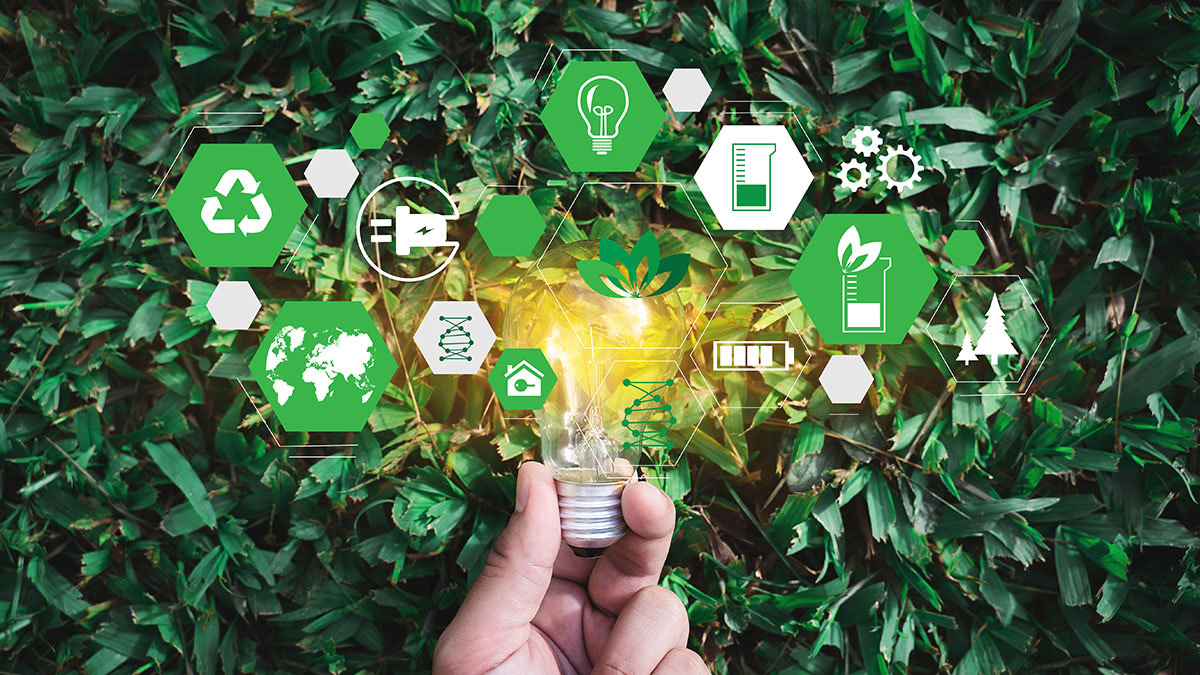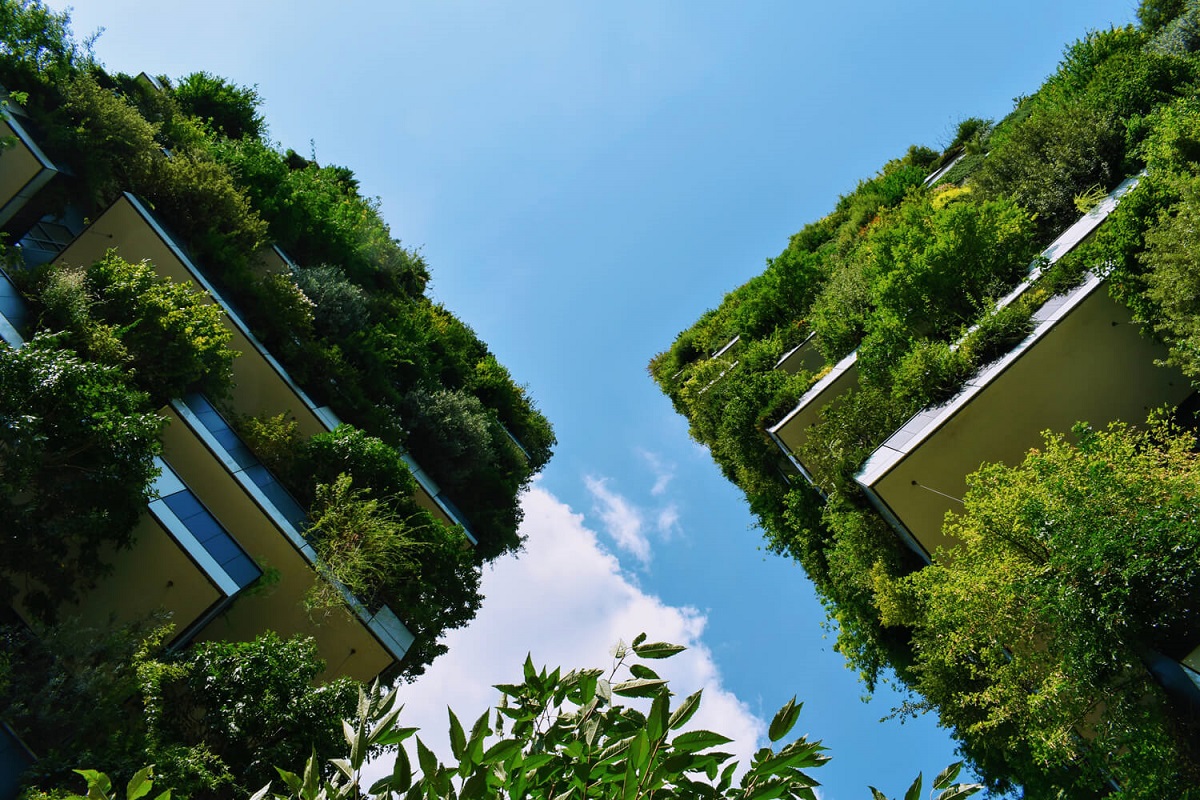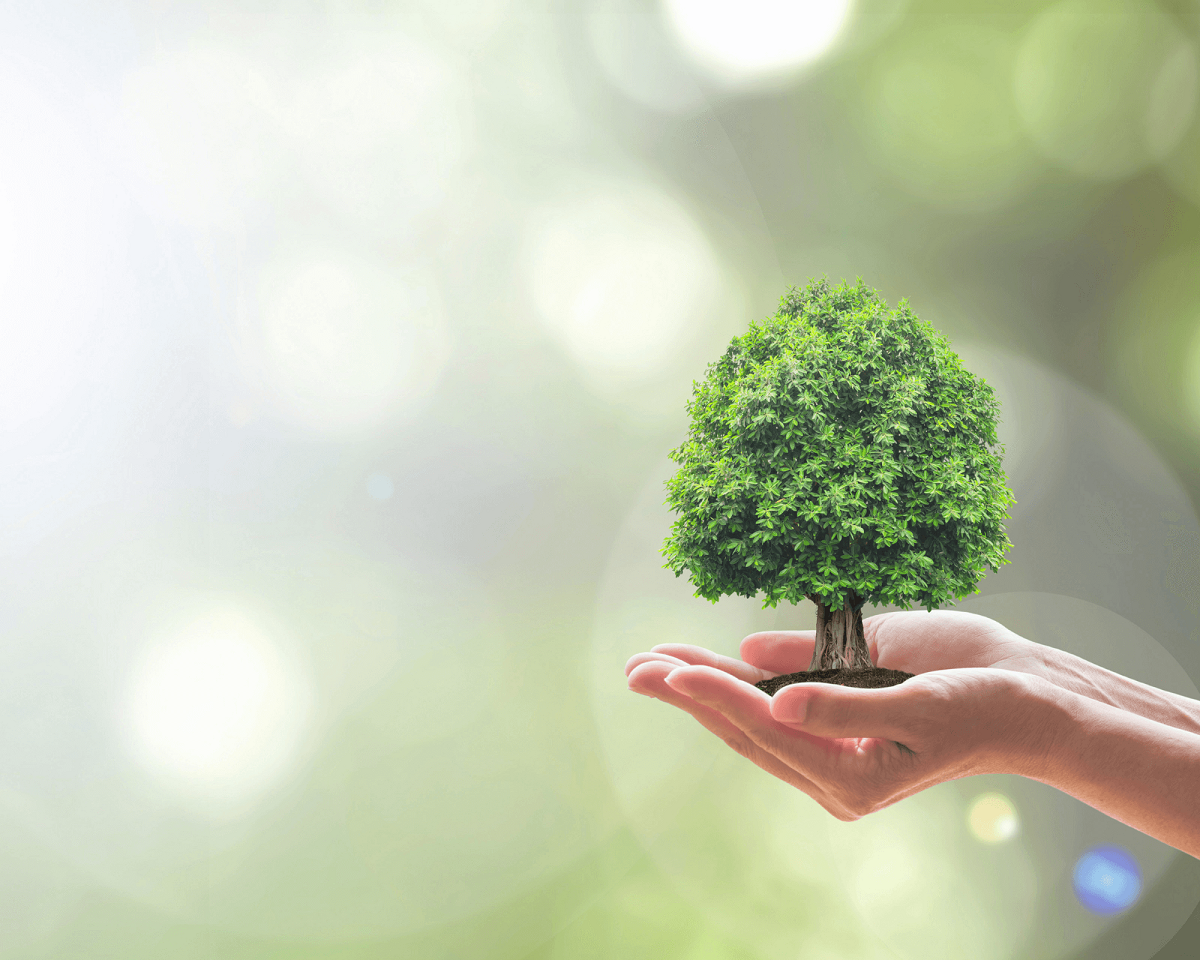
According to the United Nations (UN), there are approximately 7.700 billion people worldwide and counting. We all feed, move and consume goods and services, and many do so in ways that are environmentally irresponsible. The question is: Do sustainable actions work for a few? For most international organizations trying to protect the planet, the answer is yes: "Every gesture counts." Therefore, it is essential to acquire sustainable changes in your day to day to reduce the environmental impact.
In this article we are going to tell you what are the best sustainable changes in your day to day to be able to contribute to the conservation of the planet.
What is a sustainable lifestyle?

In 1986, the World Health Organization (WHO) defined the concept of lifestyle as "a general way of life based on the interaction between general living conditions and individual behavioral patterns determined by sociocultural factors and characteristics of the individual. ”. A year later, the Brundtland Report, published by the World Council on Environment and Development, began to combine lifestyle with sustainability: “Sustainable development is development that meets the needs of the present without compromising the ability of future generations to meet your own needs. »
Since then, the negative impact of our way of life on the environment has not stopped growing. The overexploitation of natural resources, water contamination, soil contamination and deforestation, loss of biodiversity, etc., aggravate the environmental problems that urgently need to be resolved in this century. In response to these enormous challenges, actions have been taken to achieve sustainable lifestyles globally and prevent further deterioration of the planet. The 2030 Agenda and the Sustainable Development Goals (SDGs) are good examples. The younger ones, worried about their future, seem to be attentive.
Factors that affect lifestyles
Achieving a sustainable lifestyle does not depend solely on individual factors, there are collective and external factors that can facilitate or hinder the achievement of this objective:
- Staff: how we relate to the environment we live in on a personal level determines how much we realize the need to protect it.
- Collective: In some societies, the concept of the common good is more deeply rooted than in others, leaning towards individualism, which is reflected in customs that affect the environment.
- External: the legislation of each country or region, its geopolitical and economic situation or its level of innovation can limit or favor the adoption of sustainable lifestyles.
The secret to building sustainable changes in your daily life

The aforementioned 2030 Agenda is an ambitious plan to achieve prosperity that respects the planet and its inhabitants. Its 17 Sustainable Development Goals, especially Sustainable Development Goal 12, which contains measures related to responsible consumption and production and the sustainable management of natural resources, provide guidance on how to act and how to lead a sustainable life provides clues.
In any case, The first step is to reexamine our way of living and commit to introducing changes that create sustainable habits.
In addition to content related to responsible consumption (from the sustainable use of water to the reduction of food waste), circular economy, energy efficiency and the promotion of renewable energies, sustainable transport, eco-design or biodegradable clothing, sustainable food, recycling and reduction of plastic consumption, or environmental education as already mentioned in the previous infographic, we also review some small actions to avoid because although they may not seem like they can also cause pollution:
- Use a spray deodorant
- Throw gum on the ground
- Throw cigarette butts on the beach
- Flush disposable wipes down the toilet
- Release the helium balloon in the air
- Dispose of batteries as normal waste
Sustainable changes in your day to day

- Use the public transportation. Believe it or not, for every ton of carbon dioxide a person emits anywhere on the planet, three square meters of arctic ice are lost in the summer. It is at this time of year that we have to realize that as we move around the city, we start to use the bicycle to make bus trips.
- Conserve water as much as possible. If you start following the recommendations of the World Health Organization (WHO), such as showering for five minutes, you can save 3.500 liters of water per month. Other tricks go through filling the washing machines and dishwashers with water, or using the cold water from the shower to irrigate before the water heats up, and thus we can get into the shower tray. You can also install a smart tank in the toilet or turn off the faucet when you brush your teeth during the day or night.
- Use ecological packaging. Each inhabitant generates 459 kilograms of waste per year, in many cases due to the increase in the number of containers in recent years. The best thing you can do, besides going to the supermarket to earn money with the shopping list, is to buy food in the least possible packaging, in addition to carrying cloth bags to avoid the misuse of plastic and start thinking more about the environment.
- Start thinking about your office environment. Maintaining sustainable habits in the office is key because we spend most of our time there. Start by saving paper by digitizing your activities or reusing the paper you want to throw away, then turn off the standby and keep an eye on the thermostat so that the air conditioning does not cause problems every month with the bills of the company or business that you find yourself working for.
- Recycle, reuse and reduce. Surely you have heard of the 3Rs: Recycle, Reuse and Reduce. If you apply them in your day to day, putting each piece of waste in a container or making new utensils from old materials, you will see how you begin to understand why this formula is so interesting. In this way, you are contributing to a circular economy that is responsible for giving waste a second life so that it does not accumulate in different parts of the planet and end up emitting harmful greenhouse gases into the atmosphere.
I hope that with this information you can learn more about sustainable changes in your daily life and how to apply them.